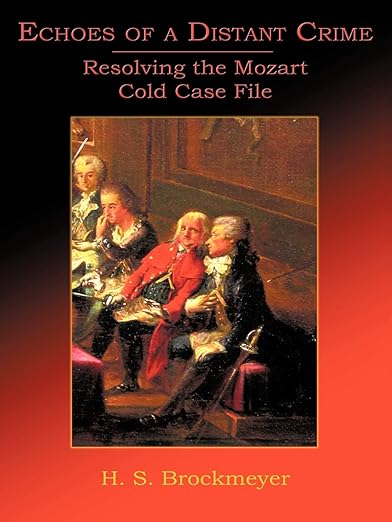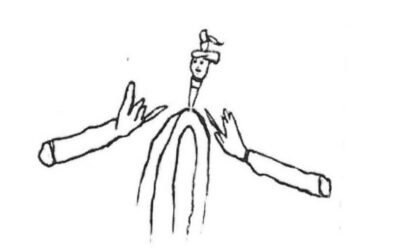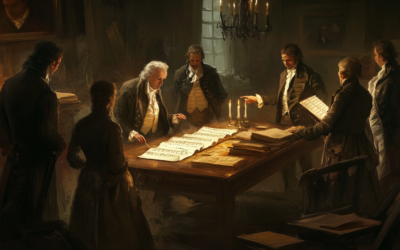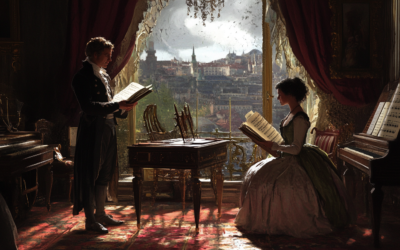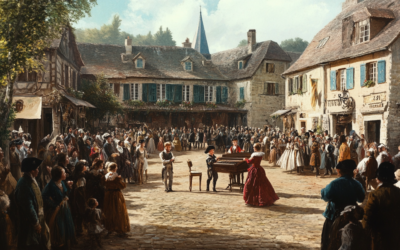The Mystery of Mozart’s Burial: Constanze vs. The Catholic Church
A Closer Look at the Secrets Behind Mozart’s Final Resting Place
For over two centuries, scholars have debated the circumstances surrounding Mozart’s burial. Constanze Mozart’s supposed inability to mark his grave, the confrontation with the Catholic Church over funeral masses, and the baffling disappearance of Mozart’s body all contribute to a mystery stranger than fiction. Did a powerful group keep her silent? And what really happened to Mozart’s remains?
"The real truth is stranger than all fiction."
H. S. Brockmeyer
This article is the continuation of an in-depth analysis by H. S. Brockmeyer. In Part I, the complex relationship between Constanze Mozart and her late husband was explored, challenging long-held assumptions about her supposed neglect. Brockmeyer examined her efforts to preserve Mozart’s legacy, including her treasured keepsakes, travels, and letters. The mystery surrounding Mozart’s burial was introduced, raising questions about his final resting place, the lack of a headstone, and the contradictions in historical records. In this second installment, Brockmeyer delves further into the bizarre circumstances of Mozart’s burial, his unexplained absence from St. Marx Cemetery, and the Catholic Church’s enigmatic refusal to grant funeral masses.
A Grave Without a Marker
One of the most persistent myths about Mozart’s burial is that Constanze Mozart was simply unable to erect a gravestone due to burial customs of the time. H. S. Brockmeyer dismantles this theory, demonstrating that Joseph II’s burial decrees never explicitly forbade headstones. Despite this, neither Constanze nor Mozart’s wealthy patrons, including Freemason Brothers and aristocratic acquaintances, ever ensured that a proper gravestone was placed at St. Marx Cemetery. Why?
The Strange Confrontation with the Catholic Church
In 1836, Constanze attempted to pay for masses for Mozart, her second husband Georg Nissen, and other family members. Despite prepaying, church officials refused the request. Their reasoning? Nissen was not Catholic. Yet this does not explain why masses were also denied for Mozart, Nannerl, and Sophie Haibl. Was Mozart’s Masonic affiliation a factor in the church’s refusal? The Catholic Church’s antagonism toward Freemasonry was well-documented, and its reluctance to honor Mozart in death raises serious questions.
The Last Sighting of Mozart’s Body
According to Brockmeyer, the last known location of Mozart’s body was not in a church or cemetery, but at Emanuel Schikaneder’s Freihaus Theater. A young woman claimed to have seen Mozart’s corpse there, a revelation kept secret for decades. If true, this suggests an alternative fate for his remains, contradicting the widely accepted account of his burial at St. Marx. If Mozart was indeed last seen at the Freihaus Theater, how did his body make its way to an unmarked grave?
A Masonic Funeral That Never Happened
As a Master Mason, Mozart was entitled to a proper Masonic funeral, with all expenses covered by his lodge. Yet no such funeral was arranged. Had Mozart not formally requested it, or was there an active effort to deny him this final rite? Brockmeyer highlights the silence of Mozart’s influential Freemason acquaintances, including Baron van Swieten and Michael Puchberg, who seemingly did nothing to ensure a dignified burial for their brother in the lodge.
Constanze’s Silence and the Mystery Unresolved
Even when confronted about her failure to mark Mozart’s grave, Constanze’s explanations were vague and contradictory. She claimed that no one could find the exact burial site, yet she made no effort to challenge this or seek alternative memorials. Brockmeyer suggests that she refused to place a gravestone because she knew Mozart was not buried at St. Marx at all. If true, this would mean the past two centuries of speculation were built on a false premise.
Final Thoughts
H. S. Brockmeyer’s research challenges the accepted narrative of Mozart’s burial, revealing inconsistencies and deliberate omissions. From the Catholic Church’s obstruction to the unexplained last sighting of Mozart’s body, the questions surrounding his fate remain unresolved. As Brockmeyer aptly puts it:
“The real truth is stranger than all fiction.”
You May Also Like
Unveiling the Truth Behind the Drawing
H. S. Brockmeyer’s latest research unravels the mystery behind a July 5, 1791, letter from Mozart to his wife. This remarkable investigation uncovers the original, unembellished drawing Mozart included—vastly different from the altered version widely reproduced in collections today. The discovery raises significant questions about historical accuracy and the intentional shaping of Mozart’s legacy.
The Deceptive Nature of Mozart’s Catalogue
The Thematic Catalogue traditionally credited to Mozart is fraught with inaccuracies, suggesting that many of his famous works might not be his at all. This prompts a necessary reevaluation of Mozart’s legacy and the authenticity of his compositions.
The Mozart Myth Unveiled: A Deeper Look
Mozart’s legacy is far from the untarnished narrative of genius that history would have us believe. The web of deceit woven around his name by those closest to him, including his own widow, reveals a much darker story.
The Other Side of Mozart’s Legacy
Explore the untold story of Mozart, where myth and reality collide. Our critical examination of his life and works reveals a legacy shaped by profit, myth-making, and misattribution. Join us in uncovering the truth behind the man and his music.
The Deception Surrounding Mozart’s Legacy
Anton Eberl’s confrontation with Constanze in 1798 exposed a web of deceit surrounding Mozart’s legacy, revealing that several of his compositions were falsely attributed to the late composer. This chapter uncovers the ethical dilemmas and controversies that have marred the posthumous reputation of one of history’s most celebrated musicians.
Leopold’s Invisible Hand
Behind the glittering performances of young Wolfgang and Nannerl Mozart lay the meticulous guidance of their father, Leopold. Often considered a mere teacher, Leopold’s role in composing and shaping their early musical successes has been largely overlooked. Was the child prodigy truly a genius, or was it Leopold who orchestrated his son’s rise to fame?

